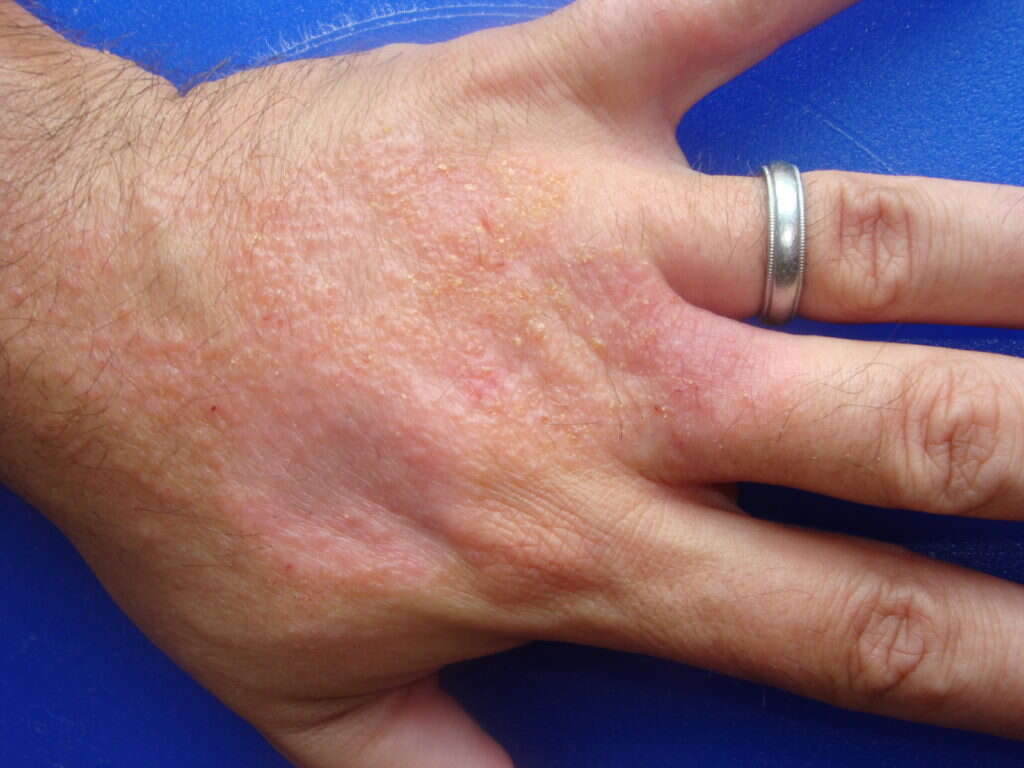Dermatitis Herpetiformis Symptoms, Causes & More
 Article Sources
Article Sources
- 1. Gualandris, Federica, et al. ‘The Association of HLA-DQ2 with Celiac Disease.’ IntechOpen, IntechOpen, 31 Mar. 2021, www.intechopen.com/books/celiac-disease/the-association-of-hla-dq2-with-celiac-disease
- 2. Celiac Disease Screening.’ Celiac Disease Foundation, celiac.org/about-celiac-disease/screening-and-diagnosis/screening/
- 3. Clarindo, Marcos Vinícius, et al. ‘Dermatitis Herpetiformis: Pathophysiology, Clinical Presentation, Diagnosis and Treatment.’ Anais Brasileiros De Dermatologia, Sociedade Brasileira De Dermatologia, 2014, www.ncbi.nlm.nih.gov/pmc/articles/PMC4230654/
Outlook
Dermatitis herpetiformis can be chronic unless a person adopts a gluten-free diet. The skin condition is not always predictable and may go away without treatment. In some cases, the site of the bumps and blisters may change color. A gluten-free diet, and sometimes medications, helps manage the symptoms of the condition.
Like other types of dermatitis, dermatitis herpetiformis is not contagious. People with this condition are at a higher risk for other autoimmune disorders, such as diabetes, pernicious anemia and thyroid disorders.
Advertisement











